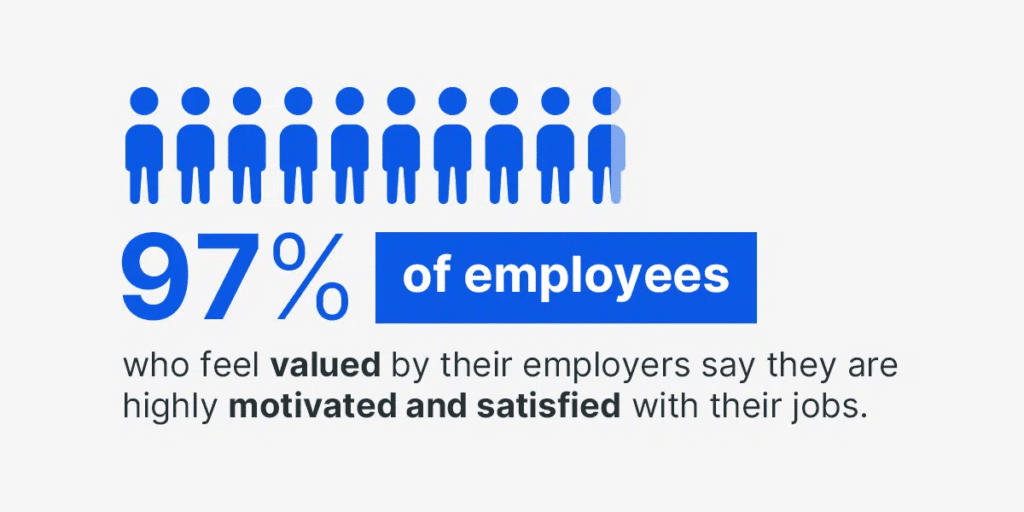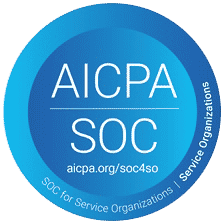The Evolving Workforce Landscape
With workforce retention is continuing to impact industries ranging from manufacturing to healthcare. Causing employers to grapple with how to retain talent in an increasingly competitive job market.
Employees today expect career development opportunities. Studies show that employees who get professional development opportunities are 15% more engaged and have 34% higher retention. Without them, retention suffers, which can leave organizations very vulnerable to costly turnover. By prioritizing training initiatives, employers can foster a culture of continuous learning that not only enhances workforce capabilities but also reduces turnover.
Training as a Retention Strategy
A well-structured training program does more than improve productivity; it strengthens employee engagement, satisfaction, and workforce retention. Consider these key benefits:
- Stronger Skill Sets: Employees equipped with up-to-date training feel more confident and competent in their roles.
- Career Growth Pathways: Development programs demonstrate an employer’s investment in career advancement. Employees stay where they can grow.
- Increased Efficiency & Safety: Training minimizes errors and improves workplace safety, especially crucial for compliance-heavy industries.
- Decreased Turnover: Employees who receive professional development opportunities are more engaged and less likely to leave, reducing hiring costs and operational disruptions.
Beyond the immediate benefits, a culture of continuous learning fosters long-term loyalty and adaptability. Eell-trained teams lead to smoother operations, stronger collaboration, and a more agile workforce that can quickly respond to industry changes.

Why is Workforce Retention so important?
High turnover rates create significant challenges, from lost productivity to increased hiring costs. When employees leave, organizations not only bear the expense of recruiting and onboarding new hires but also face disruptions in workflow and institutional knowledge loss. Retaining skilled employees leads to greater team stability, higher morale, and long-term business success.
Companies with strong organizational retention strategies see improvements in operational consistency, customer satisfaction, and overall workforce engagement. Employees who feel valued and supported are more likely to stay and contribute to organizational growth.
Workforce Retention Models
Understanding the psychology behind employee retention can help organizations develop effective strategies to keep their workforce engaged and committed. Several established models offer valuable insights into what drives employees to stay.
Maslow’s Hierarchy of Needs
Maslow’s theory suggests that employees are motivated by a series of needs, ranging from basic survival to personal fulfillment. In the workplace, this translates to providing fair compensation and job security (physiological and safety needs), fostering a supportive team culture (belongingness), recognizing achievements (esteem), and offering career growth opportunities (self-actualization). Companies that address these needs systematically can improve employee satisfaction and retention.
Herzberg’s Two-Factor Motivation-Hygiene Theory
Herzberg identified two categories that influence job satisfaction: hygiene factors (salary, job security, working conditions) and motivation factors (recognition, career advancement, meaningful work). While hygiene factors prevent dissatisfaction, motivation factors actively drive engagement. Employers aiming to improve retention should focus on both—ensuring fair policies and compensation while also fostering a culture of growth and recognition.
Human Motivation Theory
Developed by David McClelland, this theory highlights three core motivators: achievement, affiliation, and power. Employees driven by achievement seek challenging tasks and measurable success, while those motivated by affiliation value teamwork and relationships. Power-motivated individuals strive for leadership roles and influence. Retention programs should cater to these different motivators, offering tailored career paths, team-oriented initiatives, and leadership development opportunities.
Social Exchange Theory
This model emphasizes the reciprocal relationship between employees and employers. When employees feel valued—through fair treatment, growth opportunities, and supportive leadership—they are more likely to stay loyal. Organizations that prioritize trust, transparency, and investment in employee development create a stronger psychological contract with their workforce, reducing turnover.
Job Characteristics Model
This model, developed by Hackman and Oldham, identifies five key job characteristics that impact employee motivation and retention: skill variety, task identity, task significance, autonomy, and feedback. Jobs that are meaningful, provide a sense of ownership, and offer continuous learning and feedback lead to higher engagement. Employers can enhance retention by designing roles that incorporate these elements, ensuring employees feel challenged and fulfilled.
Skills-Based Retention Model
In industries where specialized skills are critical, retention efforts must focus on competency development. This model prioritizes continuous training, career progression, and upskilling to keep employees engaged. Organizations that provide structured learning pathways, mentorship programs, and technology-driven competency tracking ensure their workforce remains future-ready while also reinforcing loyalty through professional growth.
By applying these workforce retention models, organizations can develop a more comprehensive strategy to enhance employee satisfaction, reduce turnover, and build a committed, high-performing team.

How to Build a Workforce Retention Program
A strong retention program includes:
- Personalized Training Plans: Assessing employee skill levels and career goals to provide relevant development opportunities.
- Ongoing Learning & Upskilling: Implementing continuous education initiatives, such as cross-training and leadership development.
- Mentorship & Coaching: Connecting employees with experienced leaders to provide guidance and career direction.
- Recognition & Incentives: Rewarding skill growth and tenure to reinforce loyalty and motivation.
- Work-Life Balance Support: Offering flexible scheduling and well-being initiatives to improve job satisfaction.
In addition to these core strategies, organizations should regularly assess employee feedback and adjust retention initiatives accordingly. Conducting engagement surveys, stay interviews, and performance reviews can help identify areas for improvement and ensure workforce development efforts remain aligned with employee expectations. A data-driven approach to retention enables businesses to proactively address turnover risks and create a workplace culture that fosters long-term commitment.
Leveraging Technology for Training & Development
Modern workforce management platforms enable on-demand learning, competency tracking, and skills-based scheduling, ensuring employees continuously improve without disrupting operations. Investing in digital tools that facilitate training makes development efforts scalable and sustainable.
As workforce expectations evolve, so must employers. Organizations that prioritize training as part of their workforce strategy will gain a competitive edge in talent retention and operational success.







